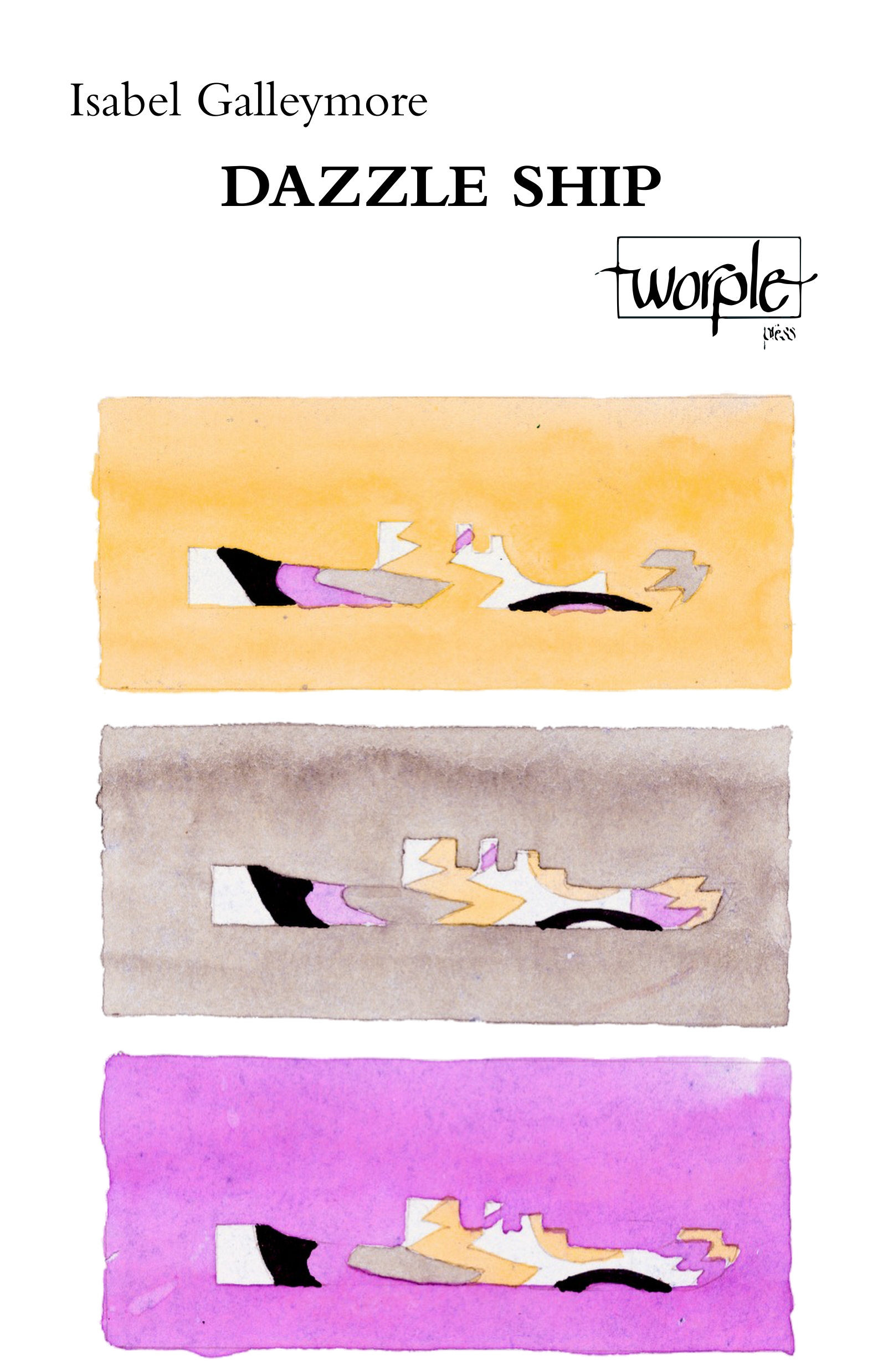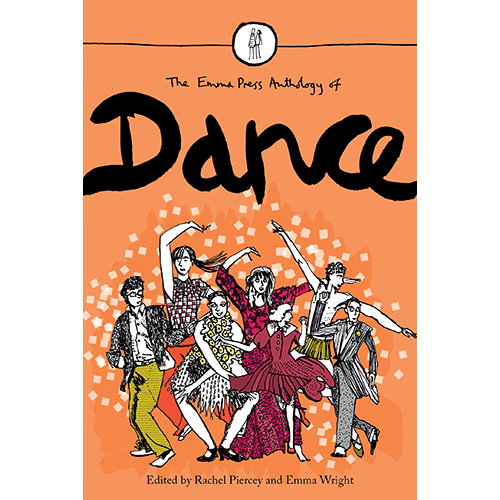Dazzle Ship by Isabel Galleymore
– Reviewed by Jessica Traynor –
‘Dazzle ships’ were WWI ships camouflaged with bright trompe l’oeil patterns designed to bewilder the enemy. Isabel Galleymore’s debut pamphlet has an accordingly fractured perspective, zooming in and panning out to dizzying, illuminating effect. Dazzle Ship heralds the arrival of an idiosyncratic new voice, and is full of dense, intricate poems.
We’re told that Galleymore is concerned with the natural world and human relationships; however, what dominates the collection is an engagement and often entanglement with the conceptual. The poet’s PhD studies in metaphor strongly inflect individual poems, with occasionally mixed results. I find treasures in several jewel-like poems which approach the natural through the eyes of a miniaturist: these are some of the strongest, most memorable moments, demonstrating Galleymore’s singular talents. ‘Harvest’, ‘A Toad’, ‘Dartmoor Tinners’ and ‘A Rose’, all in the latter pages of the pamphlet, tinge the real with the surreal, and the poet’s sparse approach creates richly vibrant images:
Because of its size and lurch
a toad is likened to a man’s heart – but
what happens to the heart of a toad
that’s bean shaped yet intricate
where wants write into the muscle
as water sculpts stone?
(from ‘A Toad’)
Here, simplicity and complexity go hand in hand, creating a pleasing music.
In other poems, Galleymore’s viewpoint broadens a little, admitting the mess and fuss of human relationships. These narrative works retain the delicacy of her other offerings, but longer, looser-limbed lines introduce a warmth of tone sometimes a little absent in more concept-driven work, with the ability to surprise and delight. ‘Notes on Death as the Other Woman’ allows us to be voyeurs in an almost painfully intimate moment, before leaving us and the poem’s subject with a list of tantalizing questions about what the absent lover could have written on a sunlit mirror:
…certain scrawled words become
Chinese whispers:
Dear
Death […] the life I lead
I leave […]
Under that black
dress I sucked your breasts.
Galleymore explores a fertile ground of doubt and suspicion, aware that a question is often more dramatically potent than proffered answers. ‘Girl & Father’ and ‘from The Schmees’ are engaged and engaging, the latter tackling the personal etymologies of love-talk. They demonstrate a more emotionally direct, playful drive, while losing none of the meditative tone:
Who said schmee first? It doesn’t matter –
they both speak the word to wake one another
to the world they’re collaging piece by piece.
However, there are moments when the drive towards the conceptual creates a sense of a writer hovering a couple of feet above their subject, rather than getting to the heart of the matter. Vagueness creeps into the language, paired with occasionally familiar similes and metaphors. In ‘Petal & Stream’ the phrase ‘rushing transparency’, to describe a stream, feels a little quotidian. In ‘Uprising’, some knotty syntax between the second and third stanzas, alongside the distancing, nebulous ‘…a thought / or an idea or a dream’ lessens the impact of the striking opening image. In ‘The Smallholding’, a relaxed approach to punctuation means a few re-readings could be necessary to avoid misinterpretation of a line, and some of the choices of enjambment throughout could benefit from a little further interrogation.
The challenge with the short lyric is that any small imperfection can feel magnified, and these quibbles would probably escape notice if the rest of the poems in the selection weren’t so strong. They shouldn’t discourage anyone from reading this book, or following Galleymore’s developing career. Her emerging voice will only become more certain with the publication of a first full collection, and I look forward to seeing more of the world through Galleymore’s fractured lens.





